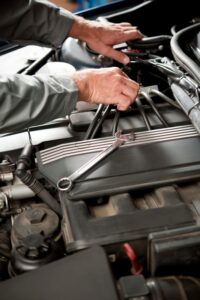Free Online Manual for Automotive Aluminum Joining
 The Aluminum Association is offering a free online manual that describes in detail the range of commercial technologies that are available for joining automotive aluminum components. It was developed in response to the growing needs of automotive engineers and designers, who are using more aluminum alloys and multi-materials assemblies in their designs.
The Aluminum Association is offering a free online manual that describes in detail the range of commercial technologies that are available for joining automotive aluminum components. It was developed in response to the growing needs of automotive engineers and designers, who are using more aluminum alloys and multi-materials assemblies in their designs.
The multi-chapter Automotive Aluminim Joining Manual was developed in collaboration wiht the European Aluminum Association (EEA) and the US-based Aluminum Extruders Council (AEC).
Click on the following link to read the full article about Free Online Manual for Automotive Aluminum Joining.

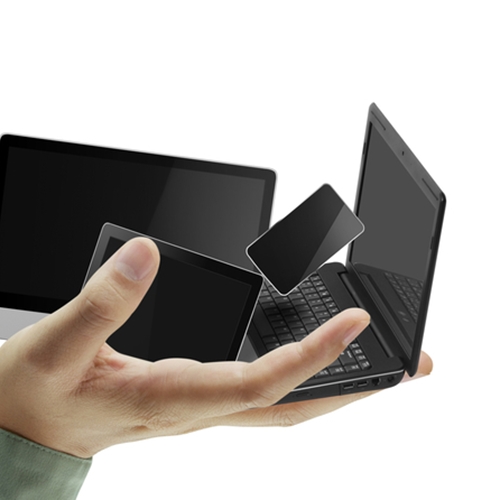
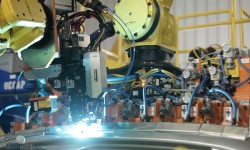 In manufacturing engineering, the search for the “best way” to fasten components into subassemblies is a major part of the job. There are lots of options, spot welding has been the method of choice for decades.
In manufacturing engineering, the search for the “best way” to fasten components into subassemblies is a major part of the job. There are lots of options, spot welding has been the method of choice for decades.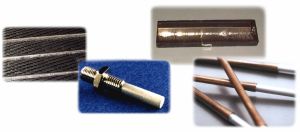
 A way to use weak molecular bonding interactions to create well-ordered and stable metal–organic monolayers with optoelectronic properties has been found by researchers from the RIKEN Surface and Interface Science Laboratory. The development could form the basis for the scalable fabrication of molecular optoelectronic devices.
A way to use weak molecular bonding interactions to create well-ordered and stable metal–organic monolayers with optoelectronic properties has been found by researchers from the RIKEN Surface and Interface Science Laboratory. The development could form the basis for the scalable fabrication of molecular optoelectronic devices. Trains made of aluminum foam, a material that’s stronger, lighter, and better in a crash than fiberglass or regular old metal. Engineers in Chemitz, Germany unveiled a prototype high-speed train cab made with the stuff earlier this year. The composite material is built like a sandwich. Between two pieces of aluminum, each just two millimeters thick, is a 25-millimeter-thick layer of the “foam,” actually a low-density, sponge-like composite of magnesium, silicon, copper and aluminum. And like a good sandwich, there’s no glue. The layers are held together by metallic bonding, the electrostatic attraction of negatively charged electrons and positively charged ions.
Trains made of aluminum foam, a material that’s stronger, lighter, and better in a crash than fiberglass or regular old metal. Engineers in Chemitz, Germany unveiled a prototype high-speed train cab made with the stuff earlier this year. The composite material is built like a sandwich. Between two pieces of aluminum, each just two millimeters thick, is a 25-millimeter-thick layer of the “foam,” actually a low-density, sponge-like composite of magnesium, silicon, copper and aluminum. And like a good sandwich, there’s no glue. The layers are held together by metallic bonding, the electrostatic attraction of negatively charged electrons and positively charged ions.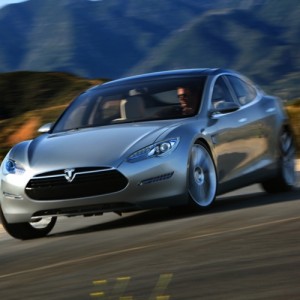
 If it rolls, floats or flies, light weight is always good. Manufacturers of planes, trains, automobiles, trucks and tractors are hungry for new materials that improve efficiency and reduce weight.
If it rolls, floats or flies, light weight is always good. Manufacturers of planes, trains, automobiles, trucks and tractors are hungry for new materials that improve efficiency and reduce weight.